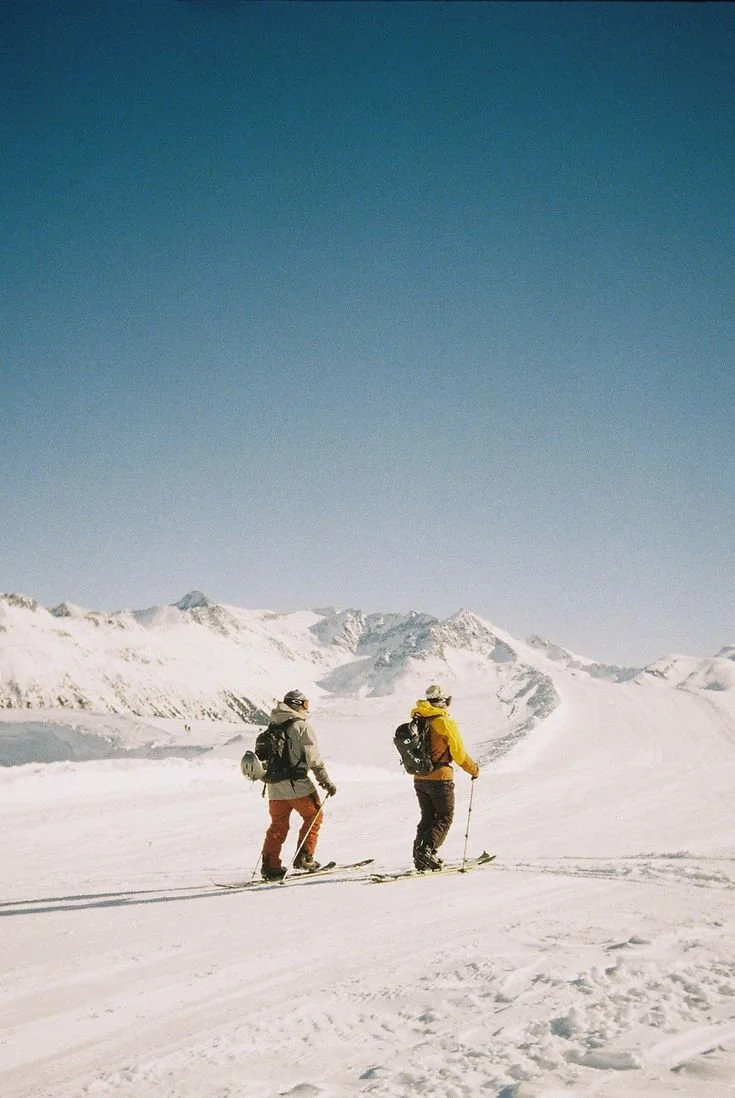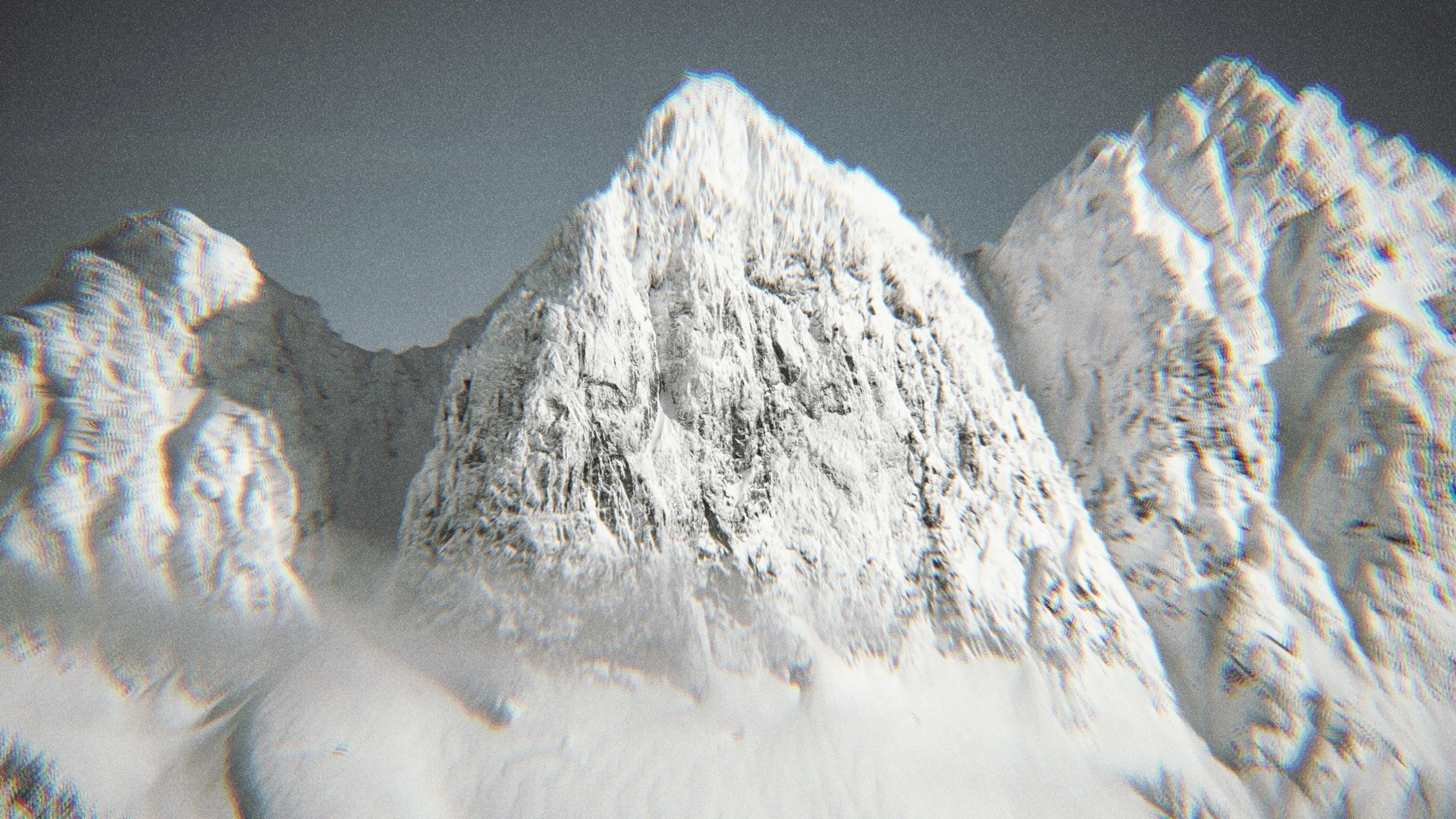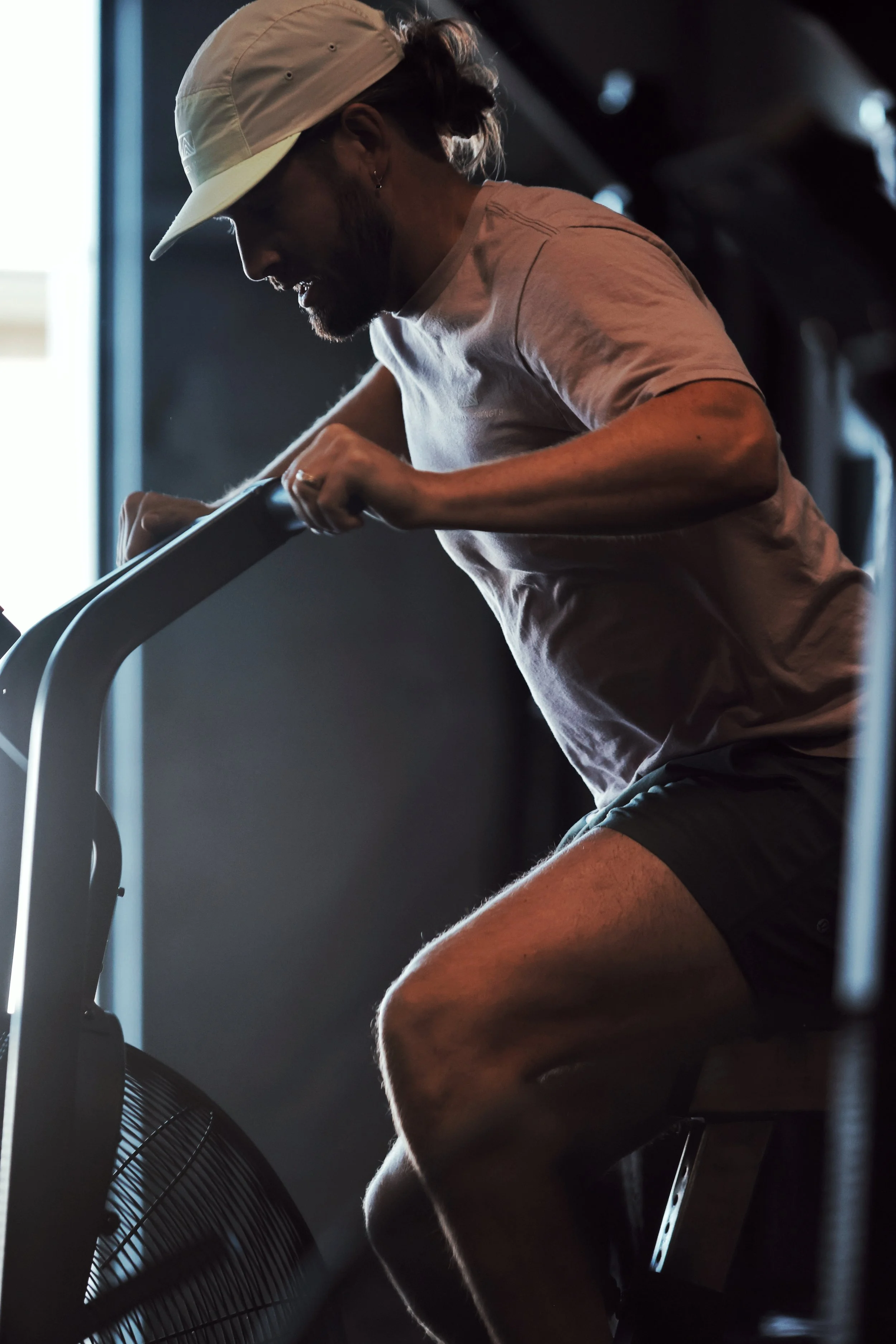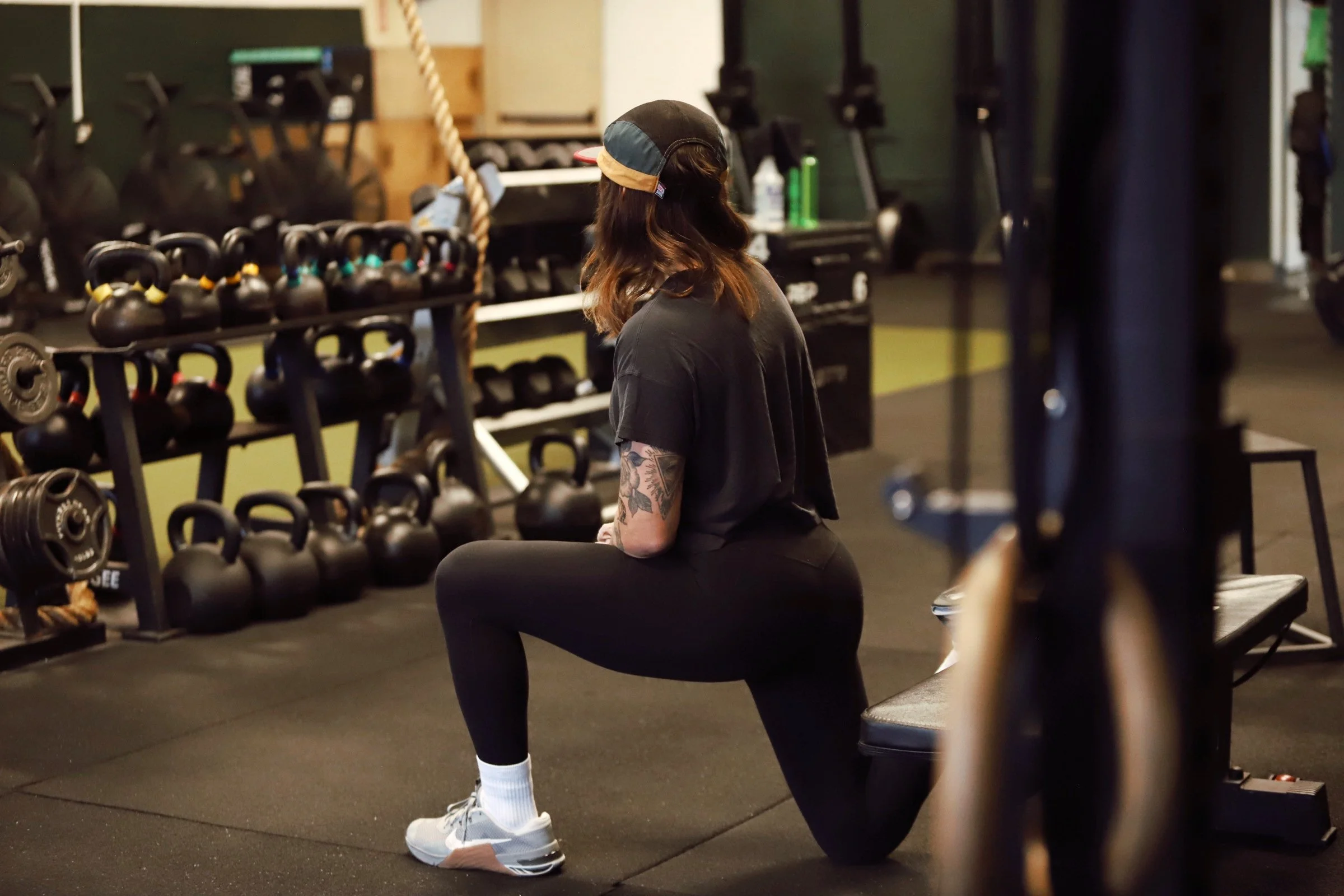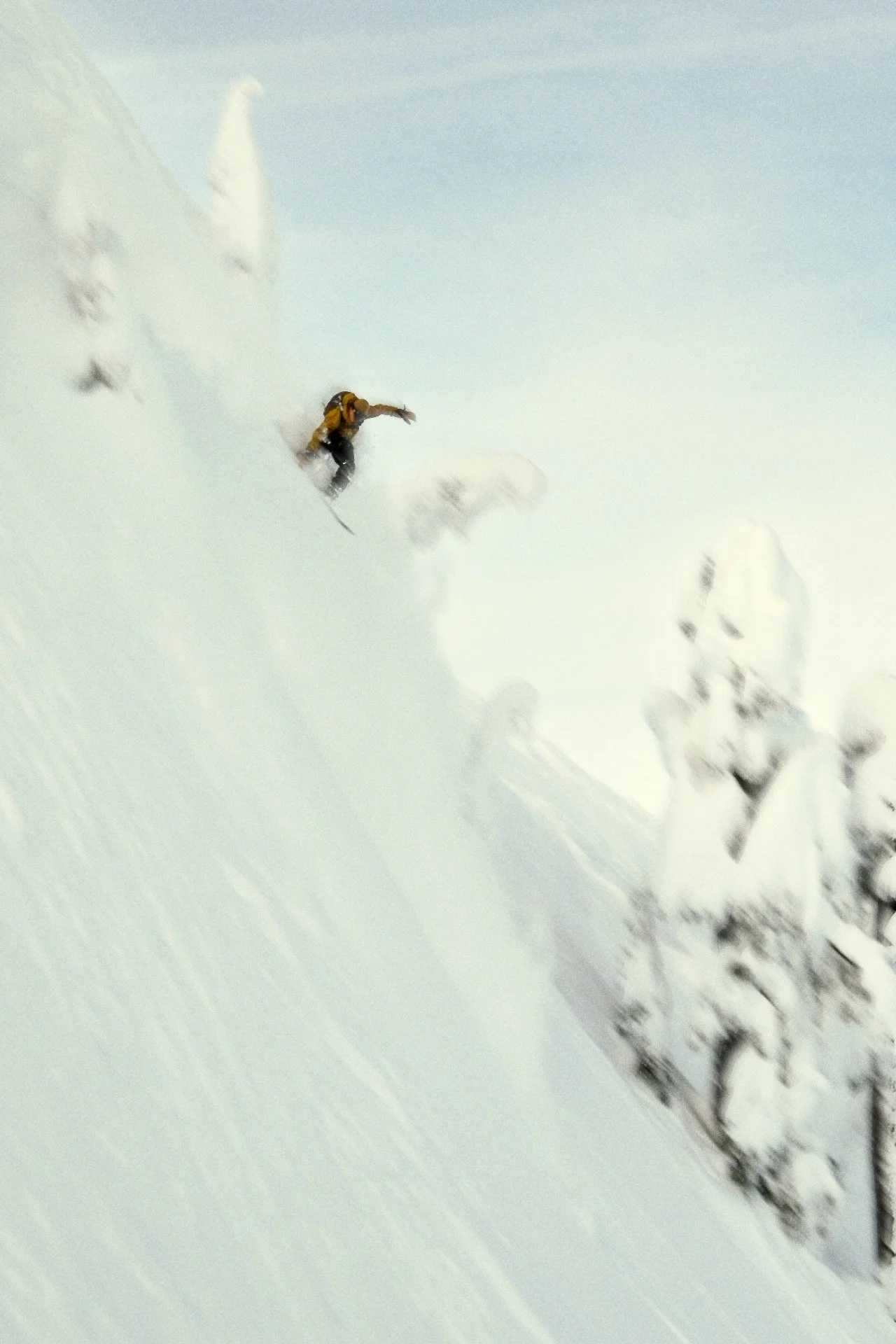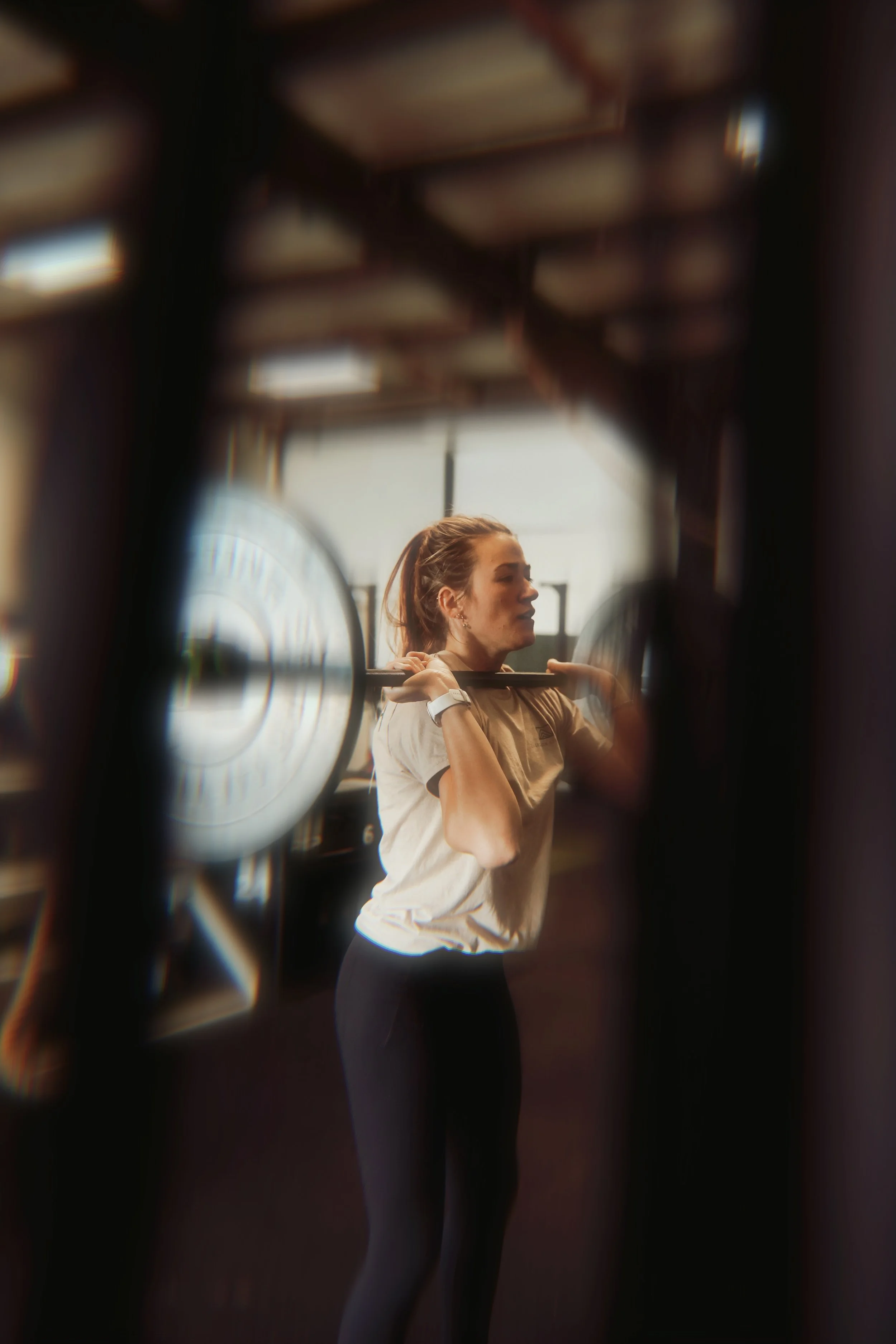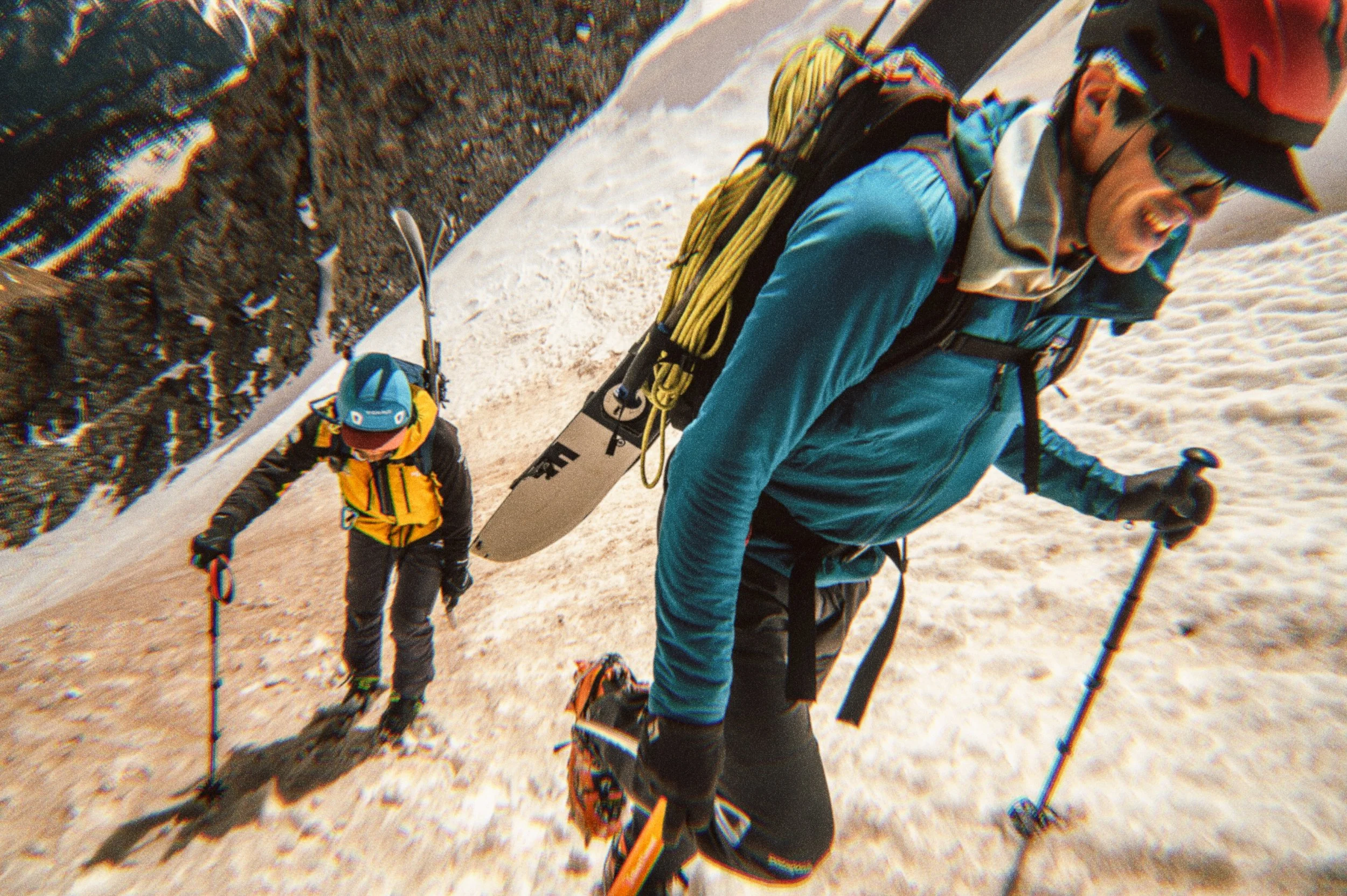
SKI & SNOWBOARD
TRAINING PLAN
Train for Ski & Snowboard Season, Build Strength & Endurance.
Build power, agility, and resilience to carve turns, handle moguls, and stay injury-free all season long.
The best way to get ready for ski and snowboard season is to give yourself 8–12 weeks of focused training before the snow starts to fall. Build strong legs and glutes with squats, lunges, and step-ups so you can carve turns with confidence. Mix in endurance work like biking or rowing to keep your energy high for full days on the mountain. Add balance drills, agility moves, and plyometrics to handle quick shifts in terrain, and make core stability part of your routine so you feel steady on every run. Do not forget mobility and recovery, they are key to staying injury free and making sure you show up strong all season long.
Why a Ski & Snowboard Training Plan Matters
Skiing and snowboarding demand more than just balance. These winter sports require explosive leg power, core stability, and endurance to stay strong through changing snow and steep terrain.
Without a dedicated ski strength training or snowboard workout plan, you increase your risk of fatigue, ACL injuries, and lower back pain. Preseason ski exercises and snowboard conditioning drills help you build strength, improve stability, and keep you on the mountain longer with less chance of injury.
- Build quad & glute strength for carving turns
- Improve core stability for balance on uneven terrain
- Increase stamina for long days on the slopes
- Prevent common injuries like ACL tears & shin splints
1.
Training Timeline & Structure
Simple structure to keep you on track.- Start 8–12 weeks before your trip for best results
- 6–8 weeks can still work if you’re already active.
- Consistency in training is key.
2.
Endurance & Conditioning
Simple structure to keep you on track.- Zone 2 cardio (cycling, incline treadmill, rowing, 30–60 min, 3–4x/wk)
- Add intervals to mimic bursts of slope effort
3.
Strength Training Snow-Specific
Simple structure to keep you on track.- Squats, lunges, step-ups (legs & glutes)
- Deadlifts, glute bridges (posterior chain)
- Core stability (planks, anti-rotation, balance drills)
4.
Agility & Plyometrics
Simple structure to keep you on track.- Box jumps, skater hops, jump squats
- Balance drills (BOSU ball, wobble board)
5.
Recovery & Mobility
Simple structure to keep you on track.- Hip & ankle mobility
- Stretching, foam rolling.

SAMPLE TRAINING PLAN
How to Get Your Body Ready for the Demands of skiing & snowboarDing.
Sample Week
Progressively increase load or difficulty each week to mimic ski/snowboard demands.
Monday
Strength (legs & core)Tuesday
Zone 2 cardio (bike/row)Wednesday
Agility + mobilityThursday
Strength (posterior chain)Saturday
Plyometrics + intervalsFriday
Rest or light cardioSunday
Recovery (yoga, foam roll)Sample Day
Strength (High-Rep Legs & Core)
Build endurance in the muscles you’ll rely on most while Skiing & snowboarding.V-Ups 3×12Lunges (3×20 steps)Goblet Squats (3×15, moderate weight)Plank side rotation (3×30–45 sec each side)
FREE TRAINING PLAN
Get Slope-Ready with the Evergreen.
Unlock your FREE, structured skiing & snowboarding training plan — designed to build the strength, endurance, and resilience you need for the mountains.
- Step-by-step training schedule tailored for skiers & snowboarders
- Guided strength, cardio, and recovery workouts
- Expert tips on load management, mobility, & injury preventionHow to Prevent Injuries While Training for Skiing & Snowboarding
Skiing and snowboarding place stress on knees, hips, and back. Smart preseason training helps by:
The key to preventing injuries while training for skiing and snowboarding is combining strength work, mobility drills, and progressive loading. Here’s how:
- Build leg and glute strength with squats, lunges, and step-ups to protect your knees on steep descents
- Train your core and lower back with planks, carries, and anti-rotation movements for stability under a heavy pack- Add ankle and hip mobility drills to improve balance on uneven terrain and reduce the risk of sprains
- Progress your pack weight and mileage gradually instead of jumping into long, heavy hikes too quickly
- Include at least one day per week of active recovery (mobility, foam rolling, light walking) to reduce overuse injuriesPreparing your body in advance ensures your hiking training plan builds strength without breaking you down, so you arrive at the trail feeling confident, not injured.
FAQ’s
-
To get in shape for ski season, focus on a preseason ski training plan that combines strength, cardio, and balance. Leg exercises like squats and lunges build power, while endurance cardio prepares you for long days on the slopes. Add core and mobility drills to stay injury-free.
-
Most skiers need 8–12 weeks of consistent training to feel fully prepared, but even 4–6 weeks can make a difference. The more time you give yourself, the more you can build strength, improve endurance, and reduce the risk of injuries when the season starts.
-
If you only have a month, focus on high-impact preseason ski exercises: bodyweight squats, lunges, core stability drills, and short interval cardio sessions. Training 4–5 days per week with a mix of strength and endurance work can noticeably boost fitness in just 30 days.
-
An 8-week ski training plan should balance strength, cardio, and mobility. Dedicate two days to leg and core strength, two days to endurance cardio or intervals, and one day to balance and plyometric training. This structure builds the stamina and stability needed for the mountain.
-
Start your ski preseason training 8–12 weeks before your first day on the slopes. This gives your body time to adapt, build leg power, and develop balance, so you perform better and stay injury-free once the season kicks in.
-
The best ski exercises are squats, lunges, plyometrics, and core drills. These movements build explosive power, stability, and agility — all essential for carving turns, absorbing impact, and handling variable terrain.
-
Prevent knee injuries by strengthening glutes, hamstrings, and quads, while also improving hip and ankle mobility. A balanced ski workout plan lowers the risk of ACL tears and keeps your knees stable on the slopes.
-
Yes. Skiing and snowboarding require explosive power, balance, and rotational strength that general workouts don’t cover. Ski-specific strength training ensures your muscles and joints are ready for the unique demands of the mountain.
-
Practice single-leg drills, rotational core exercises, and BOSU ball work. These moves simulate the shifting weight and edge control of snowboarding, helping you ride with more control and stability.


